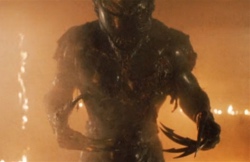
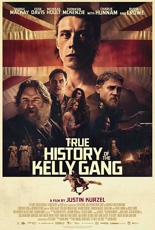 If America had a wild west, then Australia had a fuckin’ wild west, mate, one that seems to continue in the barren outback to this very day. And like our own outlaws such as Billy the Kid or Jesse James, they have their own bloody versions as well, most notably the legendary Ned Kelly.
If America had a wild west, then Australia had a fuckin’ wild west, mate, one that seems to continue in the barren outback to this very day. And like our own outlaws such as Billy the Kid or Jesse James, they have their own bloody versions as well, most notably the legendary Ned Kelly.
Having seen various on-screen incarnations of Kelly by both Mick Jagger and Yahoo Serious over the years, I’m gonna say both were heavily fabricated, while director Justin Kurzel’s apocalyptic interpretation in True History of the Kelly Gang seems closer to the real story, Oedipal subtexts and all.
In the film, Ned’s parents were a drunk and a prostitute — always a perfect recipe for a Down Under ne’er-do-well, if you ask me. His father’s inability to find the family food leads Ned to slaughter a random cow for beef, but Dad is taken away to the notorious Aussie prisons and ultimately killed there for his crime.
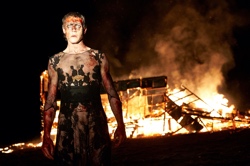 In need of money, Ned’s mom sells him to rotund Russell Crowe (Unhinged) — almost resembling Denver Pyle here — who promises to turn him into an outlaw and, true to form, lands him in jail within a few minutes. Growing up in the hud, Ned (George MacKay, 1917) becomes a two-fisted rabble-rouser prone to psychotic delusions of grandeur, all of which he writes in his diary, apparently the basis for this film.
In need of money, Ned’s mom sells him to rotund Russell Crowe (Unhinged) — almost resembling Denver Pyle here — who promises to turn him into an outlaw and, true to form, lands him in jail within a few minutes. Growing up in the hud, Ned (George MacKay, 1917) becomes a two-fisted rabble-rouser prone to psychotic delusions of grandeur, all of which he writes in his diary, apparently the basis for this film.
Clad in women’s frocks and calling themselves the “Sons of Sieve,” this gang of proto-punks takes on the damned English one bullet at a time, leading to a final showdown with the colonial bastards where Ned dons his famous “iron man” suit, fighting the oppressors like a true hero of the people.
Gritty and grimy, dirty and dank, this anarchist retelling of the Kelly story is a steel-toed kick to a koala’s groin, giving the man’s mythology the revolutionary style it probably needed. It’s an Aussie tale of revolt and rebellion that even the Americans — on film and in real life — couldn’t compete with, and thank God for that. —Louis Fowler


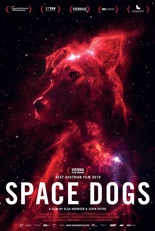 Two films bear the cute and cuddly title Space Dogs. Incidentally, both are Russian; their similarities end there. One is an
Two films bear the cute and cuddly title Space Dogs. Incidentally, both are Russian; their similarities end there. One is an  Interspersed with this you-are-there “story” is historical footage of Laika’s mission — not just her launch, either, but the preparation the poor mongrel had to endure. Let’s just say it’s surgical and leave it at that.
Interspersed with this you-are-there “story” is historical footage of Laika’s mission — not just her launch, either, but the preparation the poor mongrel had to endure. Let’s just say it’s surgical and leave it at that. 
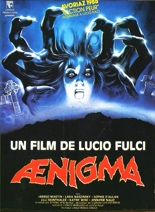
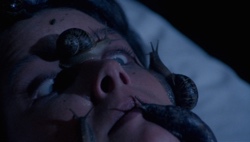

 One of the more memorable sketches in 1987’s
One of the more memorable sketches in 1987’s 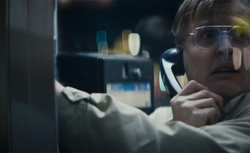 As played against type by
As played against type by 

